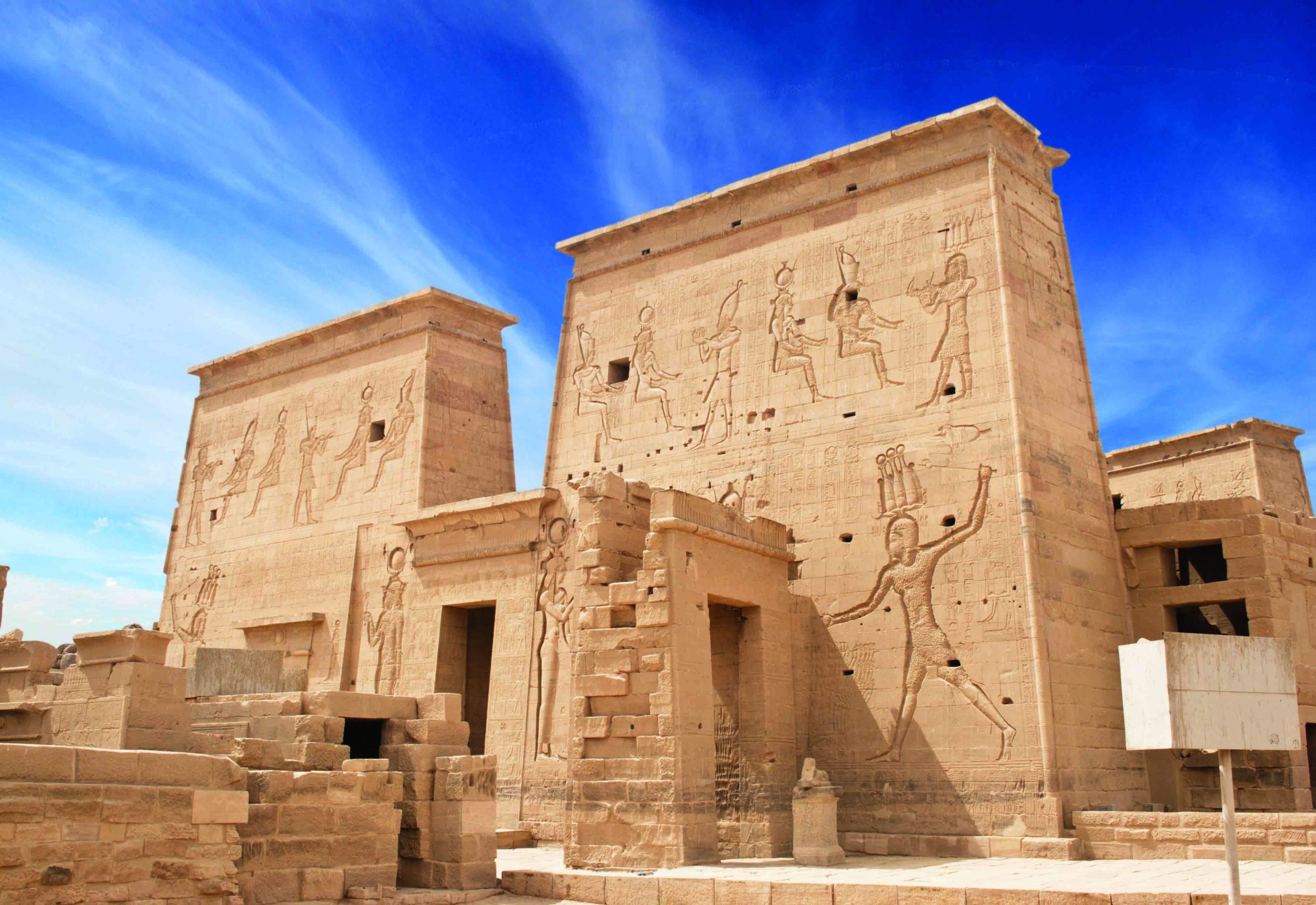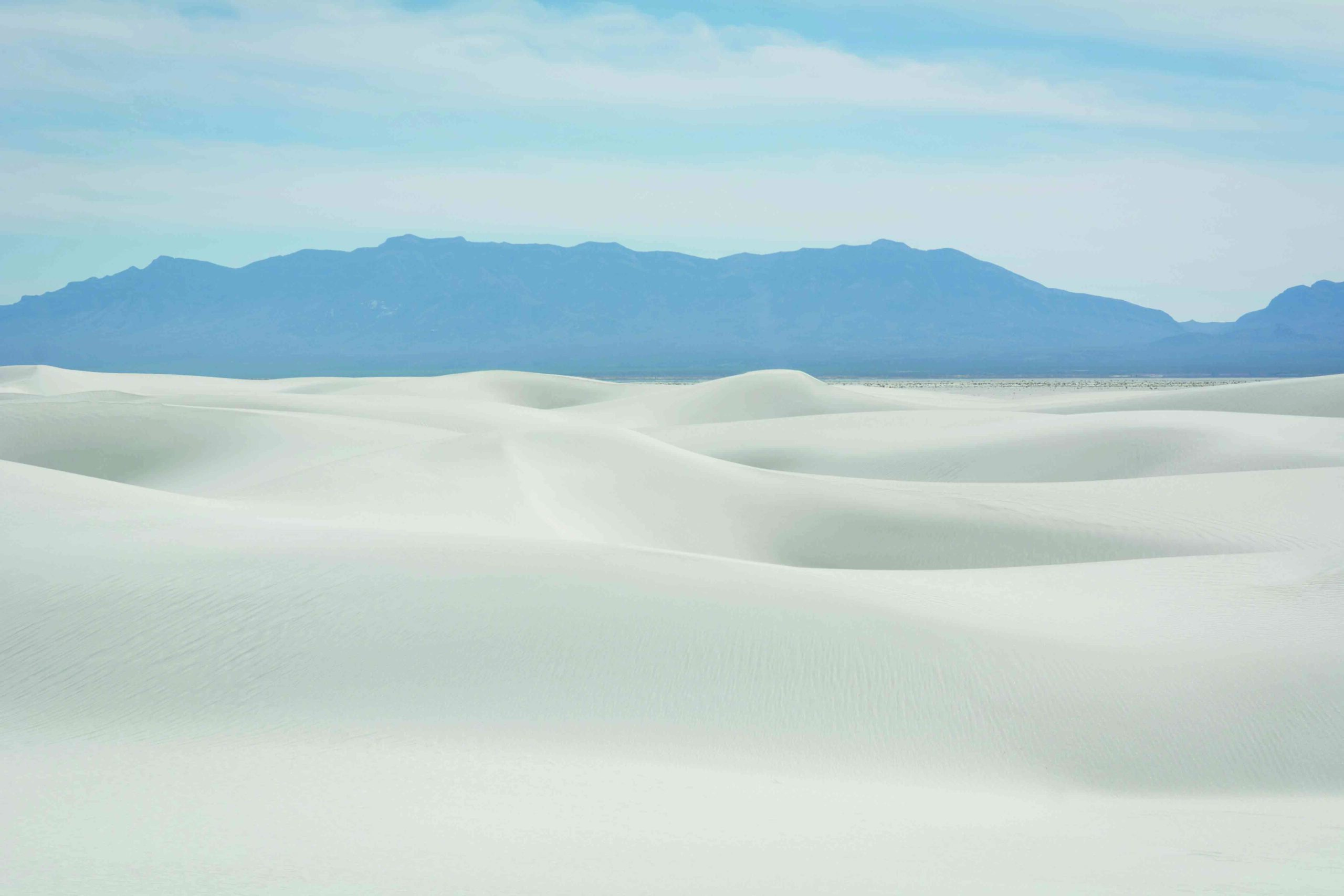
READING, ENGLAND—According to a statement released by the University of Reading, an international team of scientists recovered bits of the glue-like substance produced by head lice from ancient mummified remains in Argentina, human hair in a textile from Chile, and a shrunken head of the ancient Jivaroan people of Amazonian Ecuador. The researchers were then able to extract human DNA from scalp cells trapped in the substance, which is generated by female lice to attach their eggs, known as nits, to human hair. Mikkel Winther Pedersen of the University of Copenhagen explained that the “nit cement” held as much DNA as a human tooth, and twice as much as is usually recovered from human bones. The DNA extracted from the nit cement, he added, revealed the sex of the human hosts; a migration some 2,000 years ago from the North Amazonian plains toward central-west Argentina; and traces of a virus discovered in 2008. The Merkel cell Polymavirus is usually shed by healthy human skin, but when it gets into the body, it can cause skin cancer. Its presence on one of the mummies suggests that head lice may spread the virus, Pedersen explained. Read the original scholarly article about this research in Molecular Biology and Evolution. To read more about mummified remains in South America, go to "World Roundup: Argentina."










